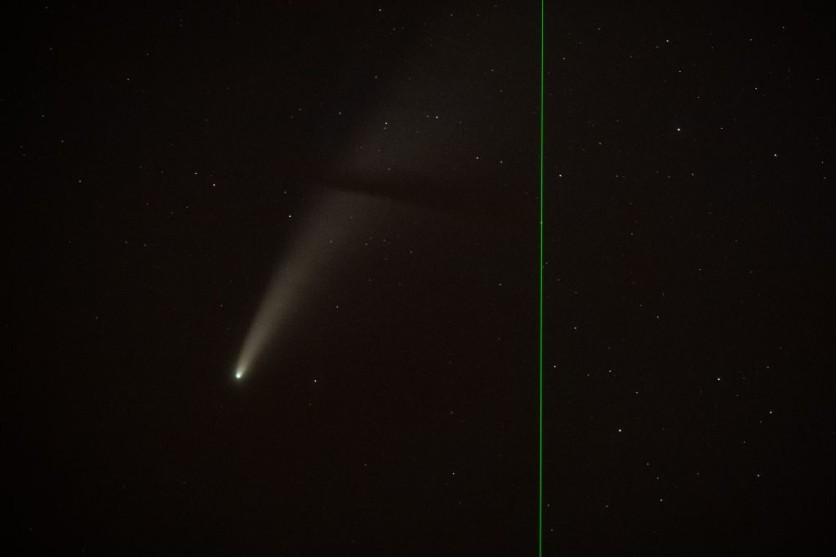A group of researchers created a small, laser-powered analyzer that can help with NASA space missions, as reported by Interesting Engineering.

LDMS Orbitrap: The Tiny Laser
The laser only weighs around 17 pounds that can help find signs of life in space. It is a smaller version of two essential tools to identify what materials are made of in space.
It is combined with Laser Desorption Mass Spectrometry (LDMS), which is a technique that has never been used in space. Due to its small size, the instrument is compact and can packed away easily. Also, its ability to study a planet's surface or material is less invasive, which means the sample will not be contaminated or damaged.
Anything the laser can ionized can be analyzed, which is extremely helpful for today's space missions.
Moreover, the tiny laser may allow access for larger and more complex molecules that may be linked to biology because of the laser component of the small LDMS Orbitrap.
The instrument will give the researchers crucial information and flexibility for future trips to the outer solar system.
The researchers aim to launch the instrument into space and set it up on an attractive planetary target in the next five years.
Take note that the technology is still in development phase, which means there is still a long way to go before it launches and becomes useful.
Also Read: NASA Ant Study Reveals Space Laser's Capability To Measure Snow Depth; How Useful Is This?
The Search for Life in Space
The search for life in space is important to the understanding of Earth's history as well as the evolution of life as we know it. Since the planet Earth is the only planet with life, scientists have wondered if there are other life forms similar to the Earth.
Astronomers have found life or the signs of life in the outer solar system and even at the far reaches of our galaxy. The research has made us understand that there is life on other planets. Life on these planets, however, may be too extreme to be suitable for humans.
Bringing the research to space is a big deal. This is because the equipment needed to study these distant planets is so sophisticated and big.
For now, the team is looking for a way to find a list of target planets to analyze for signs of life. The team is learning how to identify signatures of biological activity, which can be a precursor to finding extraterrestrial life from a simple spectrum measurement, a skill that the LDMS will have.
The instrument is the first of its kind - a small, compact laser-powered analyzer for life detection in space. It can help in other NASA space missions in the future. With this new technology, scientists are one step closer to the discovery of life outside Earth.
Related Article: Japan Plans to Create a Laser Beam to Eliminate Satellite Debris in Space

ⓒ 2025 TECHTIMES.com All rights reserved. Do not reproduce without permission.




